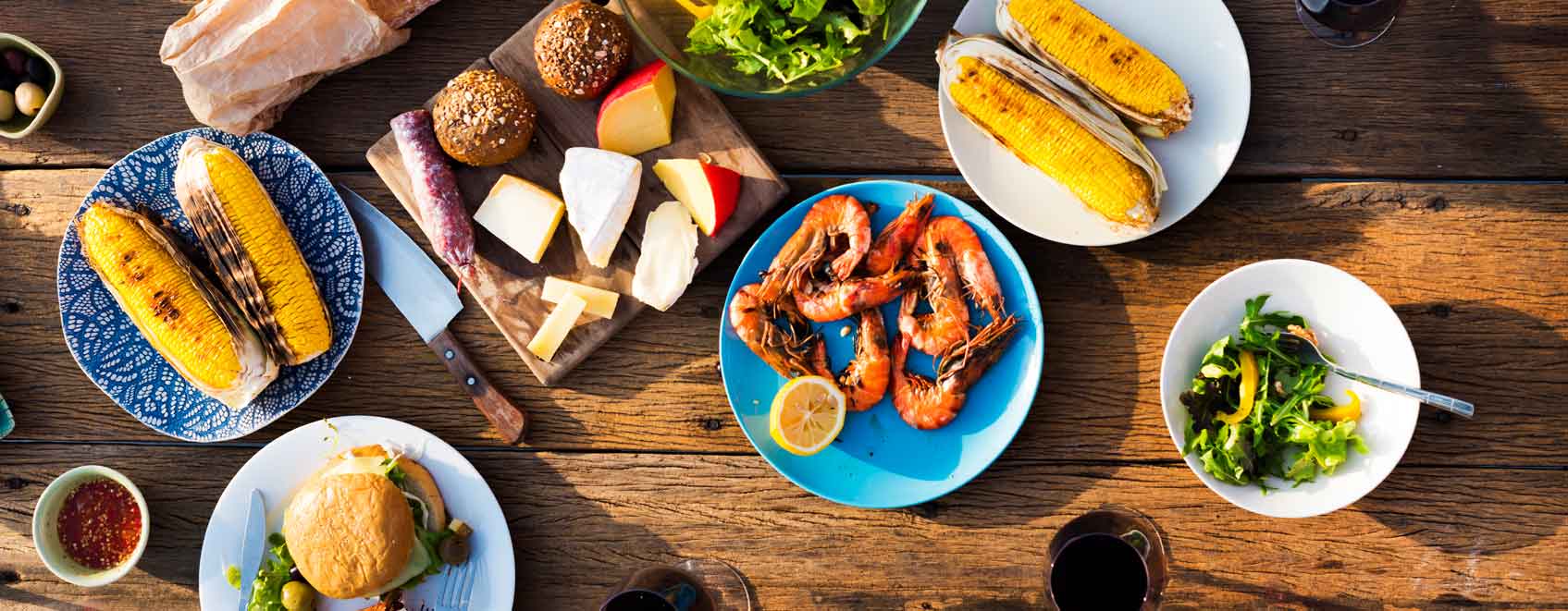6 food safety tips for summer grilling
June 10, 2019
UFG Insurance
Personal
Read Time: 4 min

Food, fun and sun: there’s nothing quite as inviting as a summertime barbeque or picnic. Unfortunately that fun in the sun can turn food into food borne bacteria. Make these guidelines from FoodSafety.gov part of your summertime party planning to prevent your food from ruining the party.
6 safety tips
- Use separate cutting boards and utensils for raw meat and ready-to-eat items like vegetables or bread.
- Use a food thermometer to make sure meats are cooked thoroughly to their safe minimum internal temperatures:
- Beef, pork, lamb, and veal (steaks, roasts, and chops): 145°F with a 3-minute rest time.
- Ground meats: 160°F.
- Whole poultry, poultry breasts, and ground poultry: 165°F.
- Always use a fresh, clean plate and tongs for serving cooked food. Never reuse items that touched raw meat or poultry to serve the food once it is cooked.
- Perishable food should not sit out for more than two hours. In hot weather (above 90°F), food should never sit out for more than one hour.
- Serve cold food in small portions, and keep the rest in the cooler.
- After cooking meat and poultry on the grill, keep it hot until served – at 140°F or warmer.
- Store coolers in the passenger area of your car instead of in the trunk, which can be several degrees warmer.
For more information on food safety, including safe minimum cooking temperatures and food recalls, visit FoodSafety.gov.
Disclaimer: Subject to applicable legal requirements, United Fire & Casualty Company and its subsidiaries and affiliates (UFG Insurance) are no longer renewing or writing new personal lines coverage for current or potential policyholders in most states. To accommodate obtaining replacement coverage, we have entered into a renewal rights agreement for most of our personal lines business. Read more here.
The information provided is for informational purposes only. Every attempt is made to ensure that the information is accurate; however, it is not intended to replace professional advice. For more information, see Disclaimers & Other Legal Documents.

